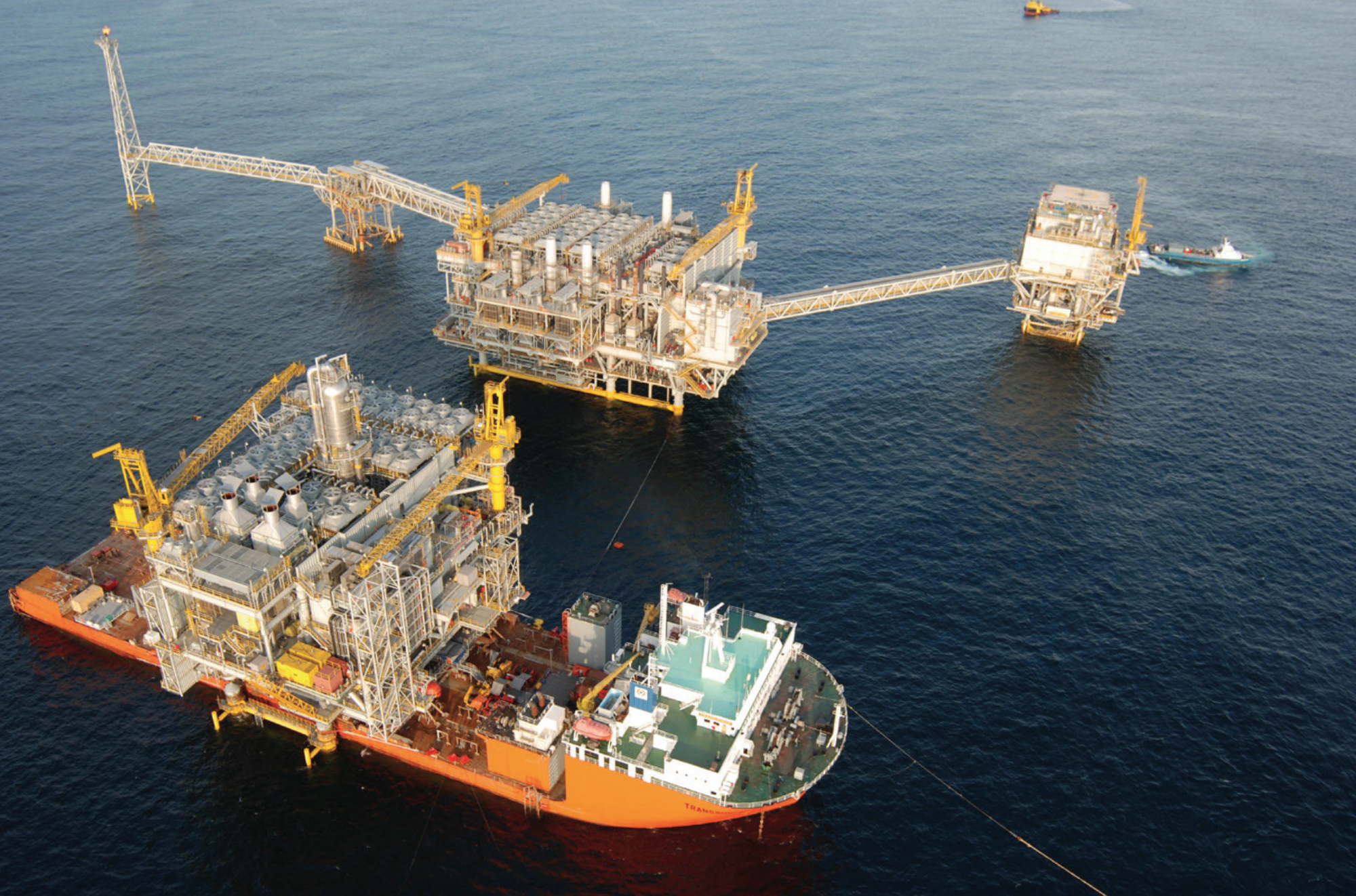Following press speculation, Seplat Energy has finally confirmed today that it is indeed in competitive discussions to acquire ExxonMobil’s Nigerian shallow water business along with an undisclosed partner. While deliberations are still ongoing and have no certainty to conclude, such an acquisition would be transformational for Seplat.
The assets that Seplat is eyeing cover those of Mobil Producing Nigeria (MPN), the entity that operates a joint-venture with the state-owned Nigerian National Petroleum Corp. (NNPC). Via the NNPC, the Nigerian government has a 60% share while ExxonMobil holds the remaining 40%.
The blocks can be broadly divided into the East Area that covers OMLs 67, 68 and 70 and the Yoho development on OML 104. All those shallow water assets hold significant amount of gas that would support Seplat Energy’s gas strategy.
Nigeria’s East Area (OMLs 67, 68 & 70)
The East Area relies on ExxonMobil’s Qua Iboe terminal for exports and produced an average of 177,000 barrels of oil per day (bopd) between January and July 2021, NNPC data shows. The area also remains one of the most successful flaring reduction and valorization projects in the Niger Delta.
Source: NNPC
Such developments notably included the Oso natural gas liquids (NGL) plant commissioned in 1998, and its expansion with the NGL II project in 2008. Between 2007 and 2011, both projects had notably contributed to a 70% reduction in flaring on the acreage. They also provide gas to the Bonny River Terminal, enabling production of key commodities such as LPG for the domestic and export markets.
The Yoho Field Development (OML 104)
The other key asset is OML 104, which contains the producing Yoho field. The $1.3bn shallow water Yoho development project came on stream in early 2003 via the Falcon FPSO which acted as an Early Production Sytem. The FPSO produced its last oil in February 2006 when full-field facilities came on stream.
The development is targeting the development of 440 million barrels of recoverable oil resources from the Yoho and Awawa reservoirs. Oil is exported via the Yoho FSO terminal and OML 104’s production does not rely on ExxonMobil’s Qua Iboe Terminal like the rest of the MPN/NNPC JV fields do. In the first nine months of 2021, Yoho produced a maximum of 30,000 bopd according to DPR data.
Source: DPR
OML 104 has significant undeveloped gas reserves and could potentially see the deployment of a floating LNG (FLNG) unit in the near future. The license for the project was awarded to local company UTM Offshore in 2021.

